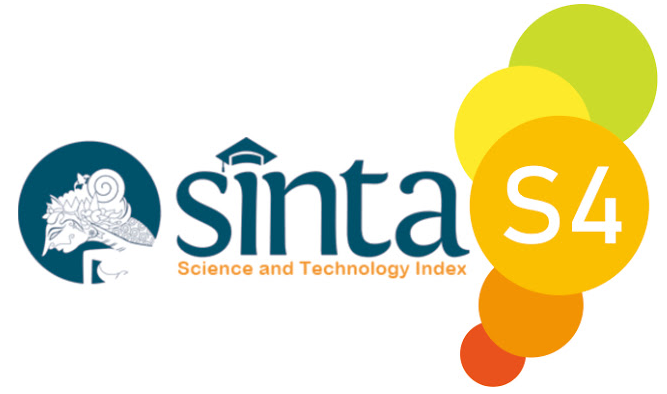Utilization of Internet of Things for Automatic Plant Watering System Using Soil Moisture Sensor
DOI:
https://doi.org/10.33795/jip.v9i2.1220Keywords:
internet of things, android, arduino UNO, soil moisture sensor FC-28Abstract
The rapid development of technology has resulted in an increasing need for the benefits of technology in all aspects of human life. Technology is felt to be very helpful for humans in carrying out a series of daily activities, including the activities of farmers and chili plant business owners. Watering the plants every day makes the plants grow lush and healthy. However, sometimes these activities are neglected due to time constraints or other activities. To overcome this, it is necessary to build a system that can be used to assist automatic watering activities. This research discusses the use of Internet of Things technology to make automatic plant watering control devices using Android and Arduino UNO. The way this tool works is based on the soil moisture value and the testing temperature. The water pump will function when the soil moisture value is on a value scale of 75% with a temperature of 22 degrees Celsius and a water content >= 300 RH. By using soil moisture and temperature detection sensors, this tool will send a command signal to Arduino so that the relay driver is turned on so that the pump can distribute water as needed. From the tests carried out, it can be concluded that the tool made is able to carry out the function of watering plants automatically as expected. The water pump will automatically turn on if the temperature and soil moisture values match the settings in the system.












